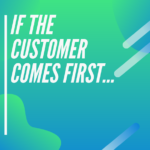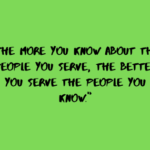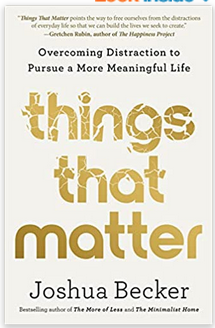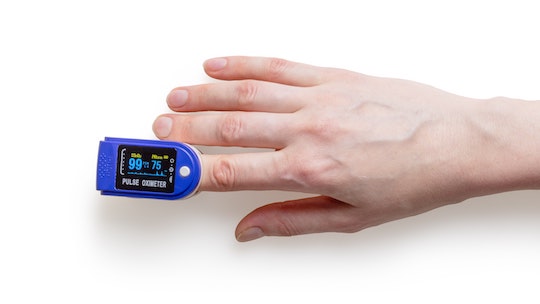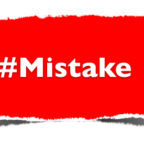Sometimes it feels good to be a passenger and go where life takes you.
—Calm App Reflection
When you take trips in your car, who drives? What percentage of the time are you at the wheel versus riding shotgun or even in the back seat?
I have a strong preference to be in control, and only reluctantly become a passenger when I’m tired and the risk of me driving affects the safety of those with me.
Given this pattern, today’s quote seemed worth a closer look, and I became curious about what I might be missing with my hands always in the “two and ten” positions.
EXERCISE:
Choose an entire day in which you let others and life itself take the wheel.
How might you make this a regular practice to see what surprises life may offer around the next corner?



